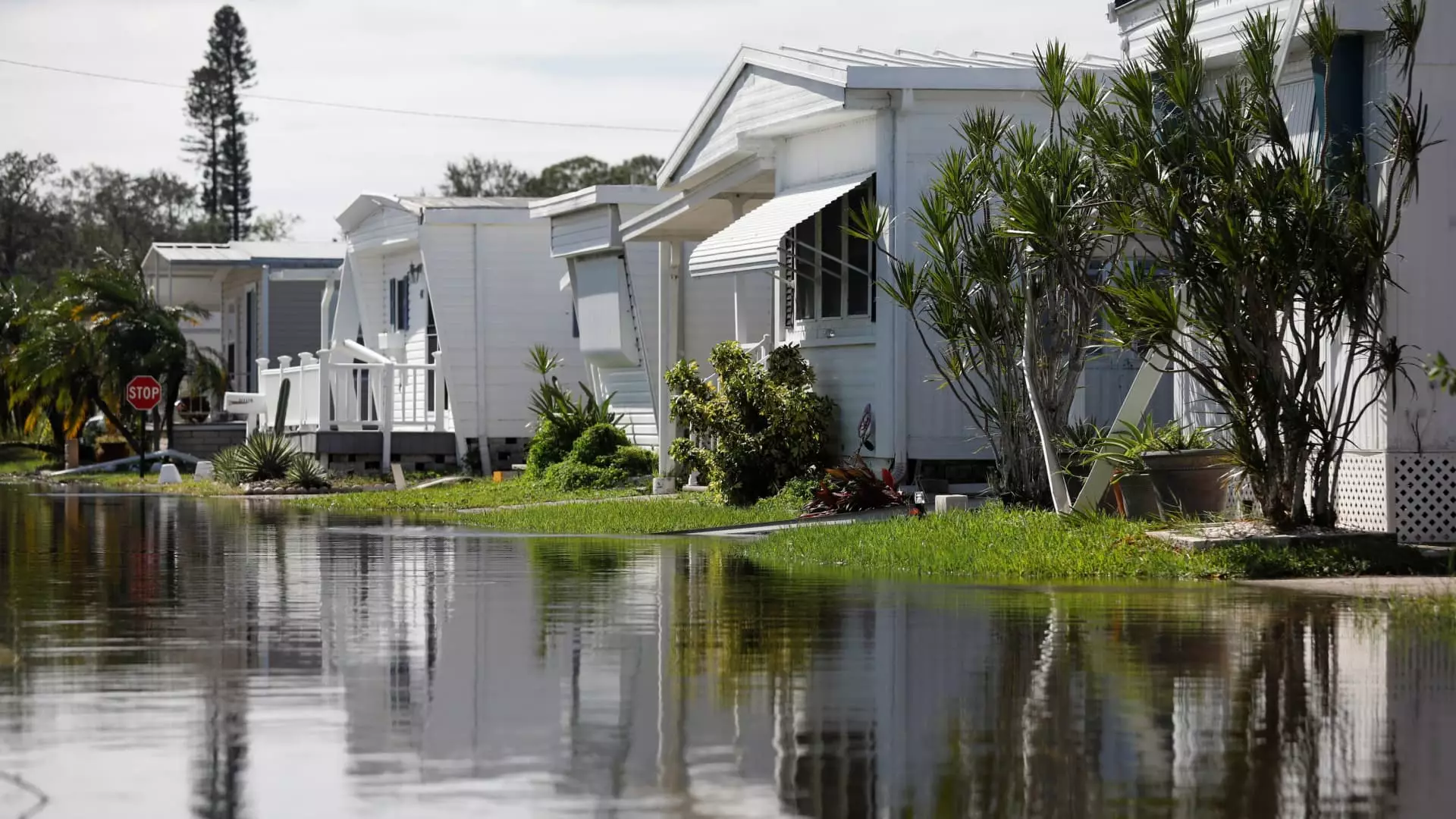Natural disasters can have devastating effects on communities, rendering homes uninhabitable and displacing families. In the aftermath of hurricanes, floods, and other calamities, one crucial aspect that policyholders often overlook is the “loss of use” provision found in homeowners and renters insurance policies. This article explores how this coverage functions, its significance, and essential considerations for policyholders navigating the recovery process.
The financial implications of natural disasters can be staggering. Recent estimates suggest that hurricanes such as Helene and Milton could impose insured losses amounting to billions—$17.5 billion and a potential range of $30 billion to $60 billion, respectively. As communities grapple with the aftermath, the burden of finding alternate housing and covering living expenses falls heavily on those affected. In such trying times, understanding insurance provisions, particularly for loss of use, becomes imperative for a smoother transition.
Loss of use coverage is designed to assist policyholders when their residences become uninhabitable due to a covered peril such as a fire, extreme weather event, or significant property damage. Typically embedded within homeowners and renters insurance policies, this coverage helps alleviate the financial pressures of securing temporary housing and basic living expenses. Policyholders might be surprised to learn that loss of use is often already included in their policies, sometimes represented as a percentage of dwelling coverage—generally around 20%.
For instance, if a homeowner holds a policy with $100,000 in dwelling coverage, they could potentially access $20,000 as loss of use benefits to cover alternative living arrangements. Eligible expenses may encompass hotel stays, rental properties, food, emergency pet care, and storage fees.
In the throes of a disaster, securing timely assistance from one’s insurance provider is crucial. Experts suggest contacting your insurance company promptly to initiate the claim process. In many cases, insurers can expedite loss of use claims, providing immediate funds to alleviate the financial strain of seeking temporary housing. Shannon Martin, a licensed insurance agent, emphasizes the importance of exploring the specifics of a policy to understand the process and potential for quick relief.
Understanding the scope of what your policy covers is fundamental. Loss of use provisions can vary, and some policies may contain specific limitations, such as caps on certain expenses or deadlines for filing claims. It’s vital for homeowners and renters to familiarize themselves with these intricacies to maximize their benefits during the recovery phase.
While loss of use coverage can provide significant short-term relief, it is essential to recognize its limitations. This coverage is designed as a temporary solution and may not sufficiently cater to extended periods of displacement. As Jeremy Porter from the First Street Foundation points out, the financial assistance from loss of use provisions is not meant to last indefinitely. The reality is that repair and recovery processes can take much longer than anticipated, and the amount provided may not keep pace with fluctuating living costs during a crisis.
Compounding the challenge, the post-disaster housing market becomes increasingly strained. Displaced residents often find themselves in a housing shortage with inflated rental prices, complicating their search for temporary accommodations. Therefore, while the intent of loss of use coverage is to support those in need, it may not cover the entire duration of displacement.
Complementary Assistance: Beyond Insurance Policies
It is crucial for affected individuals to recognize that loss of use coverage works in tandem with other forms of assistance. For instance, residents can simultaneously file claims with FEMA, which can provide additional support for rebuilding lives after a disaster. The importance of utilizing all available resources cannot be overstated. Engaging with local governments, non-profit organizations, and community assistance programs can significantly bolster recovery efforts and speed up the transition to stability.
Navigating life after a natural disaster is undoubtedly challenging. However, understanding and effectively utilizing loss of use coverage in conjunction with other forms of assistance can be a game-changer for families facing the daunting task of rebuilding. As the adage goes, knowledge is power—being proactive in understanding one’s policy can ease the financial burden and enable families to focus on the emotionally taxing process of recovery. By harnessing this knowledge, policyholders can emerge from the devastation with resilience, ready to restore their homes and lives.

